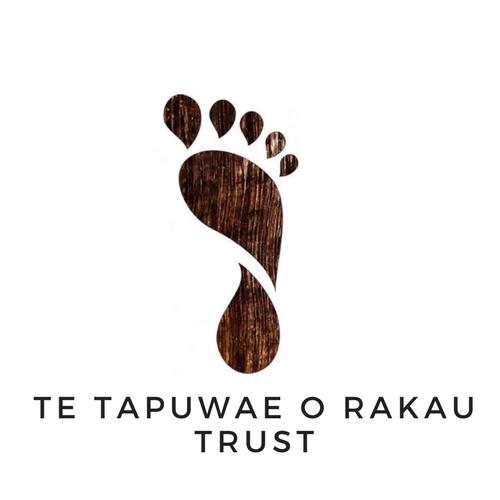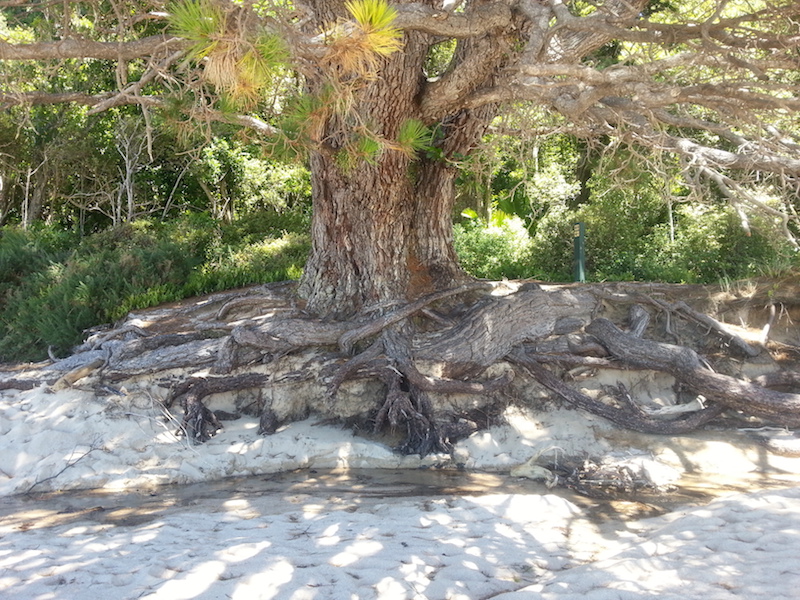Our participating hotels are proud to support Hotels for Habitats. A initiative aimed at financially supporting pristine and untouched wilderness areas and unmodified terrestrial ecosystems.Our participating hotels recognise the scientific, ecological and environmental significance of retaining and preserving these areas for current and future generations.
In the same way that that our participating hotels believe in creating unique man made environments , we also believe in preserving and protecting them in the natural world.

“The forest is a peculiar organism of unlimited kindness and benevolence that makes no demands for its sustenance and extends generously the products of its live activity; it offers protection to all beings offering shade even to those who destroy it."
- Buddha
Facts
Current protection and Re Vegetation

"Plans to protect air, water, wilderness & wildlife are in fact plans to protect mankind" - Stewart Udail (US Secretary of the interior 1961-1969)
Some of the benefits of trees
Here are 22 of the best reasons to plant and care for trees or defend a tree’s standing:

Excess carbon dioxide (CO2) caused by many factors is a building up in our atmosphere and contributing to climate change. Trees absorb CO2, removing and storing the carbon while releasing the oxygen back into the air. In one year, an acre of mature trees absorbs the amount of CO2 produced when you drive your car 26,000 miles.
Trees absorb odors and pollutant gases (nitrogen oxides, ammonia, sulfur dioxide and ozone) and filter particulates out of the air by trapping them on their leaves and bark.
In one year an acre of mature trees can provide enough oxygen for 18 people.
Average temperatures in Los Angeles have risen 6°F in the last 50 years as tree coverage has declined and the number of heat-absorbing roads and buildings has increased.
Trees cool the city by up to 10°F, by shading our homes and streets, breaking up urban “heat islands” and releasing water vapor into the air through their leaves.
Three trees placed strategically around a single-family home can cut summer air conditioning needs by up to 50 percent. By reducing the energy demand for cooling our houses, we reduce carbon dioxide and other pollution emissions from power plants.
Shade from trees slows water evaporation from thirsty lawns. Most newly planted trees need only fifteen gallons of water a week. As trees transpire, they increase atmospheric moisture.
Trees reduce runoff by breaking rainfall thus allowing the water to flow down the trunk and into the earth below the tree. This prevents stormwater from carrying pollutants to the ocean. When mulched, trees act like a sponge that filters this water naturally and uses it to recharge groundwater supplies.
On hillsides or stream slopes, trees slow runoff and hold soil in place.
Skin cancer is the most common form of cancer in the United States. Trees reduce UV-B exposure by about 50 percent, thus providing protection to children on school campuses and playgrounds - where children spend hours outdoors.
An apple tree can yield up to 15-20 bushels of fruit per year and can be planted on the tiniest urban lot. Aside from fruit for humans, trees provide food for birds and wildlife.
Studies have shown that patients with views of trees out their windows heal faster and with less complications. Children with ADHD show fewer symptoms when they have access to nature. Exposure to trees and nature aids concentration by reducing mental fatigue.
Neighbourhoods and homes that are barren have shown to have a greater incidence of violence in and out of the home than their greener counterparts. Trees and landscaping help to reduce the level of fear.
Is it winter, spring, summer or fall? Look at the trees.
Fruit harvested from community orchards can be sold, thus providing income. Small business opportunities in green waste management and landscaping arise when cities value mulching and its water-saving qualities. Vocational training for youth interested in green jobs is also a great way to develop economic opportunities from trees.
Trees have been part of our world for 370 million years, modern we have been here for only about 200,000 years and our ancestors about 6 million. Without trees we would not exist and without them we cannot exist.
Tree plantings provide an opportunity for community involvement and empowerment that improves the quality of life in our neighborhoods. All cultures, ages, and genders have an important role to play at a tree planting or tree care event.
Trees as landmarks can give a neighbourhood a new identity and encourage civic pride.
Sycamore and oak are among the many urban species that provide excellent urban homes for birds, bees, possums and squirrels.
More than 20% of the worlds oxygen is produced in the Amazon Rain Forest’
In suburban and rural areas, trees can be selectively harvested for fuel and craft wood.
Trees have been shown to have a beneficial effect on peoples mental health and in reducing levels of depression
A very high percentage of medicines humans use are derived from plants and trees yet fewer than 10% of tropical forest plant species have been examined for their medicinal value
“Unless someone like you cares a whole awful lot, nothing is going to get better, Its not!" The Lorax - Dr Suess
Want to join the Hotels for Habitat program and contribute to help preserve global wilderness? Get in touch with us today!
If you are a hotel that is interested in being part of Hotels for Habitats and seeing how you can both save money and promote the environment then please get in touch with us. If you are an individual organisation or group who would like to make a donation, we would also be delighted to hear from you.

